70 anniversary of the first flight of the Il-10 attack aircraft
The aircraft was built at an aircraft factory number 18 in Kuibyshev, and its final assembly was carried out at the plant number 240 in Moscow, attack aircraft equipped with AM-42 engine had a powerful artillery armament - four wing NA-23 gun with a common ammunition 600 cartridges and the turret gun UB -20. The maximum speed of the IL-10 was equal to 551 km / h - almost 150 km / h more than the maximum speed of the IL-2.
Of the variety of tasks that solved the IL-2 during the Great Patriotic War, their use as fighters was especially unusual. Of course, IL-2 could not fight on equal terms with faster and more maneuverable front-line fighters of the enemy, but when meeting with some of the bombers and transport aircraft of the enemy that were widely used in combat, the IL-2 aircraft, as a rule, shot them down.
Based on the combat experience of using the Il-2, the State Defense Committee of 17 in May 1943 decided to create a single-armored IL-1 fighter. Sergey Vladimirovich Ilyushin did not share the concept of an armored fighter, and the design of the IL-1 was conducted in terms of the possibility of further use of the aircraft as a high-speed and maneuverable two-seater armored attack aircraft. The new aircraft received the designation IL-10.
Military pilots praised the IL-10 as simple in piloting technique and not requiring special retraining with the IL-2. According to military testers: "... The IL-10 is a classic example of an attack aircraft."
After the tests, the Il-10 attack aircraft was launched into the series and from 15 on April 1945 began to take part in the hostilities.
Shortly before that, in March 28 1945 years, as part of the aircraft tests over the airfield Shprottau in Silesia demonstration dogfight the Il-10 was organized, which was piloted by Captain A. Sirotkin of 108-th Guards Attack Aviation Regiment, a fighter La 5FN that piloted by Hero of the Soviet Union, Captain V. Popkov from the 5 Guards Fighter Aviation Regiment. By that time, V. Popkov was a recognized ace, who had about 100 battles and 39 downed enemy aircraft.
The fight ended in a draw, but the film of the photo machine gun impartially showed that both the pilot and the air gunner IL-10 repeatedly caught the fighter in the crosshairs of the sights.
This led to the main conclusion that if an experienced, enterprising pilot and accurate air gunner were in the attack cockpit, they would have a good chance of winning the fight with the fighter. Moreover, at altitudes up to 2 000 meters, the IL-10 was not inferior in speed to the German fighters Me-109G2 and FW-190A-4.
By the end of World War II, the high combat qualities of the Il-10 aircraft were successfully used by several assault air regiments. In large quantities attack aircraft Il-10 used in the war with Japan.
After the end of World War II, the Il-10 re-equipped all the assault air units of the Red Army that remained after the disbandment. In addition to the Soviet Air Force, they were in service with the assault air regiments of the Polish, Czechoslovakian, Chinese, North Korean air forces.
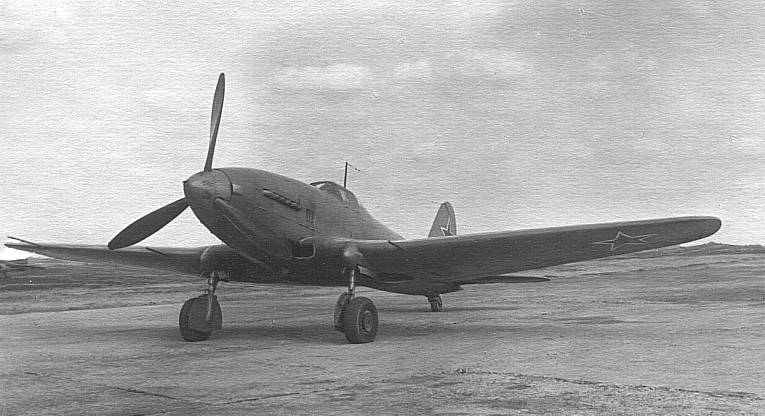
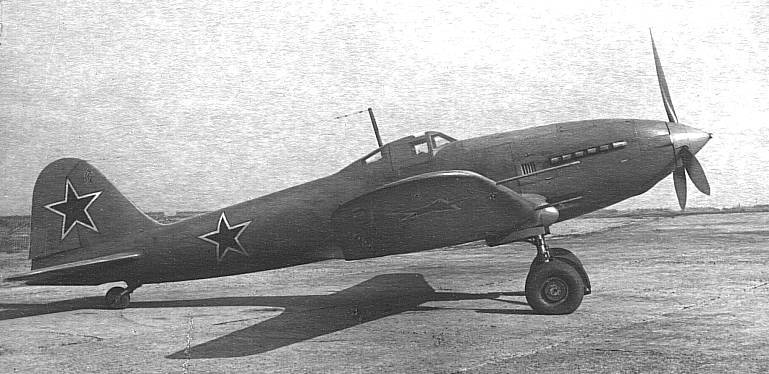
Armored fighter IL-1
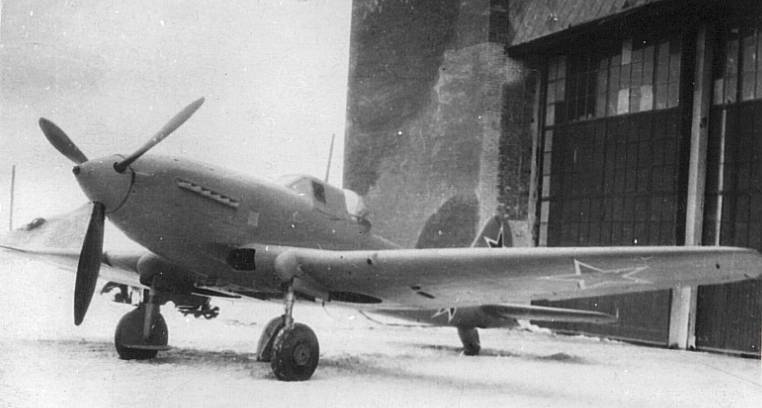
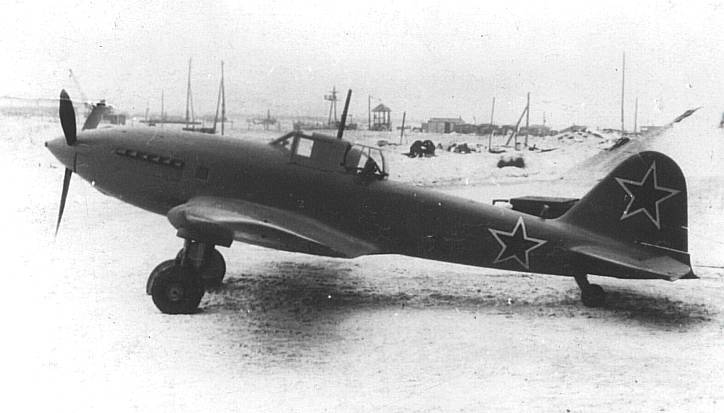
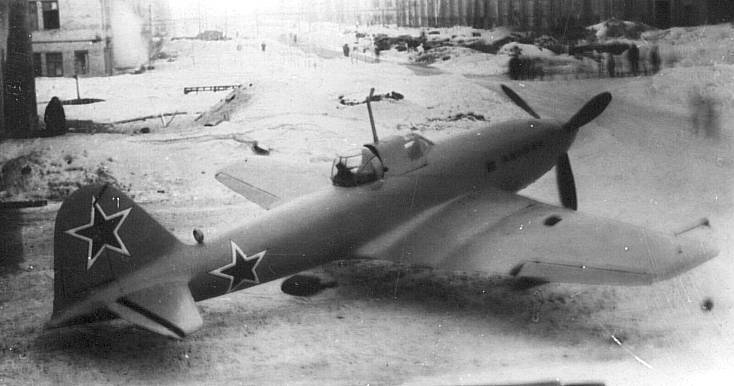
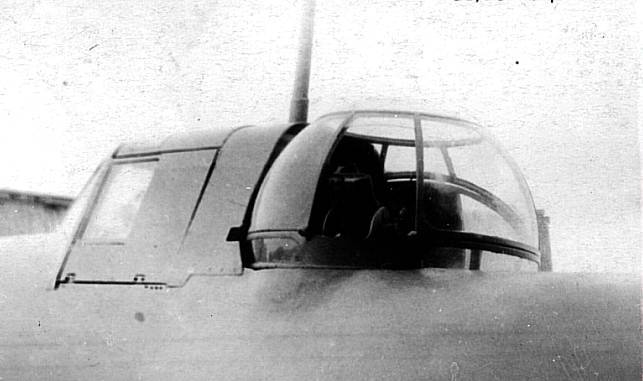
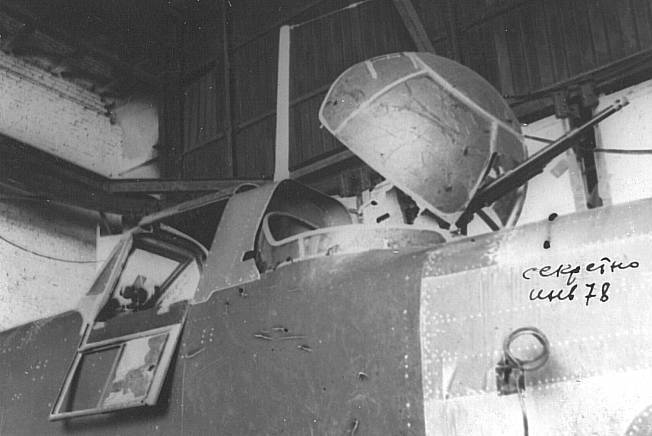
The first experienced attack aircraft Il-10 at the aircraft factory number 18 in Kuibyshev. February, 1944
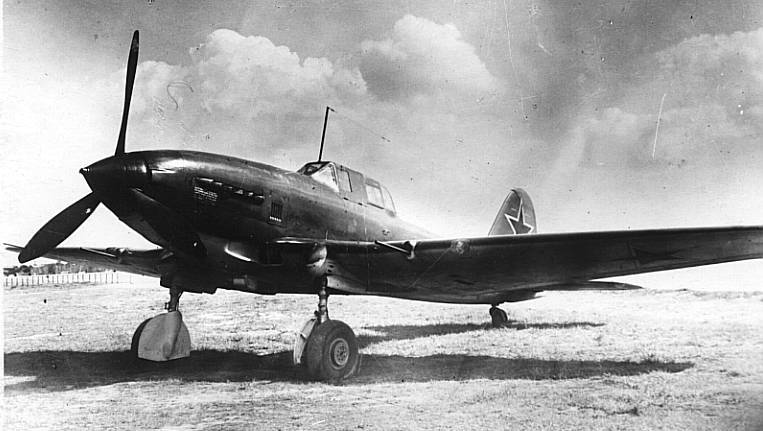
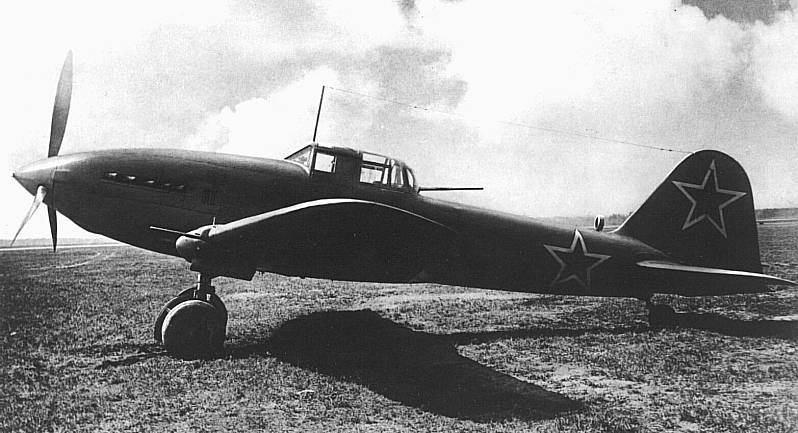
Experienced Il-10 attack aircraft with a W-20 gun of 20 mm caliber in the VU-7 defensive installation. State tests. May, 1944
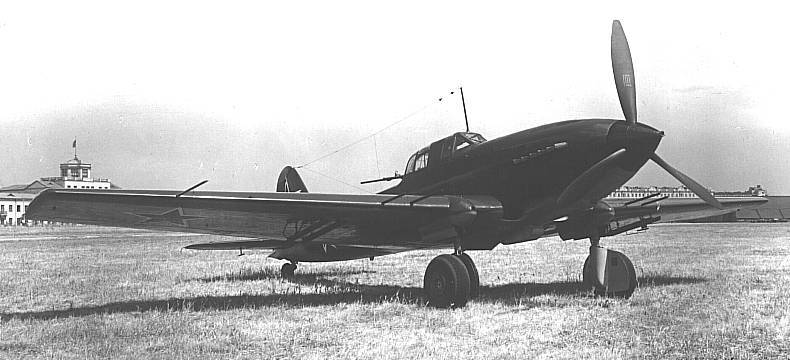
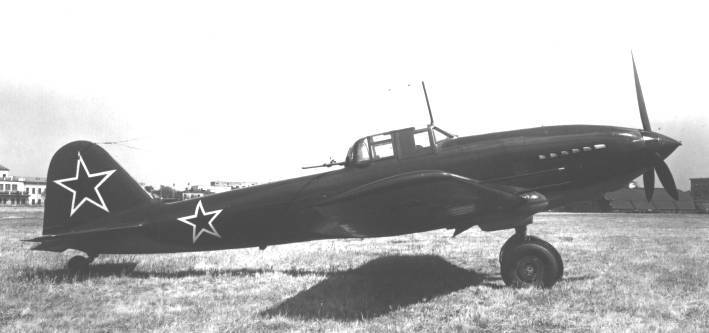
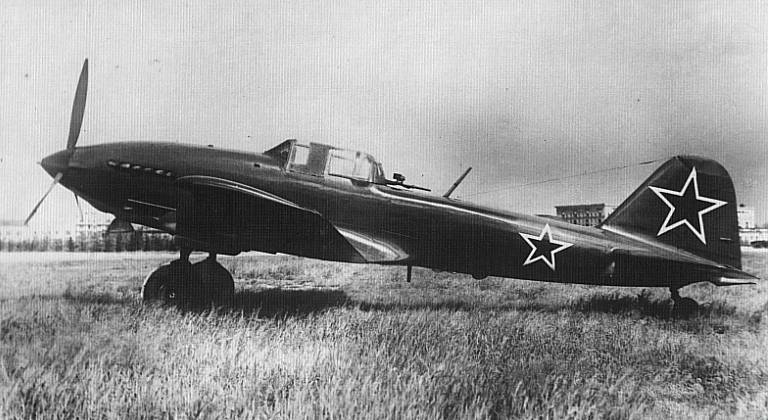
Experienced upgraded attack aircraft IL-10M
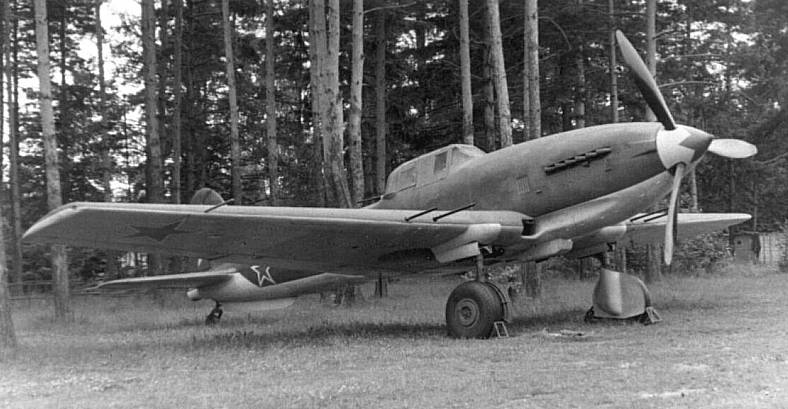
Serial upgraded attack aircraft IL-10M
Il-10M attack aircraft - target towing vehicle
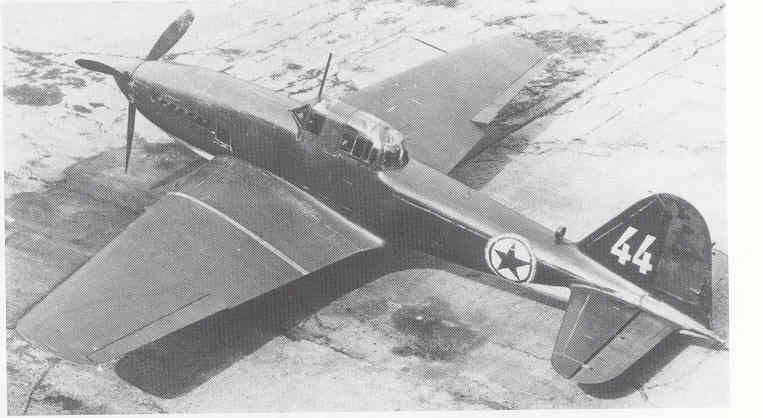
Stormtrooper IL-10 Air Force North Korea.
In the Korean War, the Il-10 attack aircraft was a fairly effective aircraft that directly supported ground forces. At the same time, it began to become obsolete and was easy prey for enemy fighter jets. These vehicles supported from the air the advance of the North Korean armies in the first weeks of the war and attacked Kimpo airfield when the US evacuated its citizens. Active at the beginning of the war, the North Korean Air Force then rarely participated in hostilities.
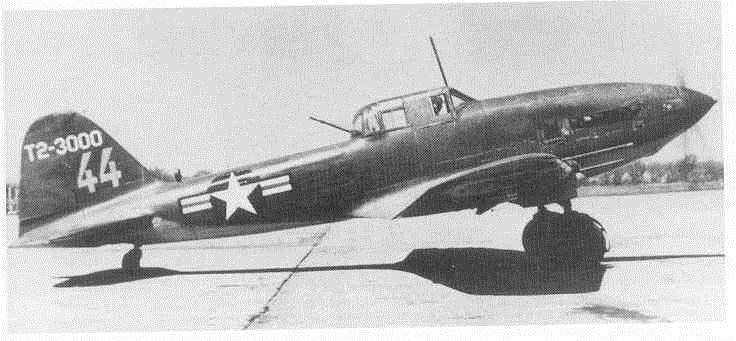
During the Korean War, several attack aircraft Il-10 fell into the hands of Americans and were comprehensively studied. Two IL-10s were sent to the United States for research at the Cornell aerodynamic laboratory in Ithaca, New York. The planes were repaired and made test flights at the Wright airfield in Ohio.

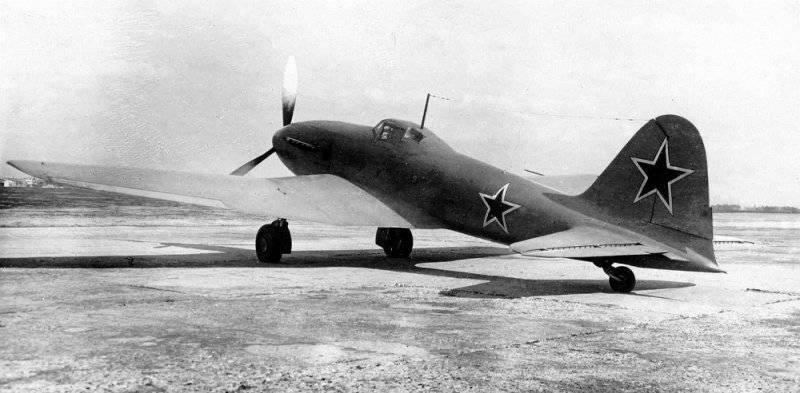
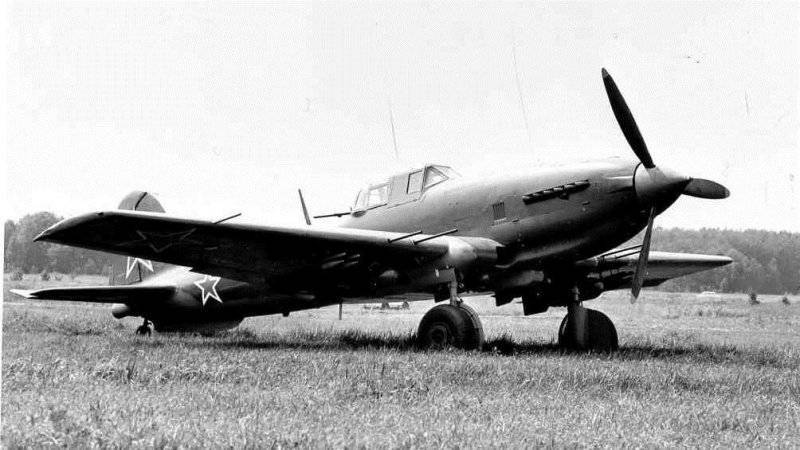
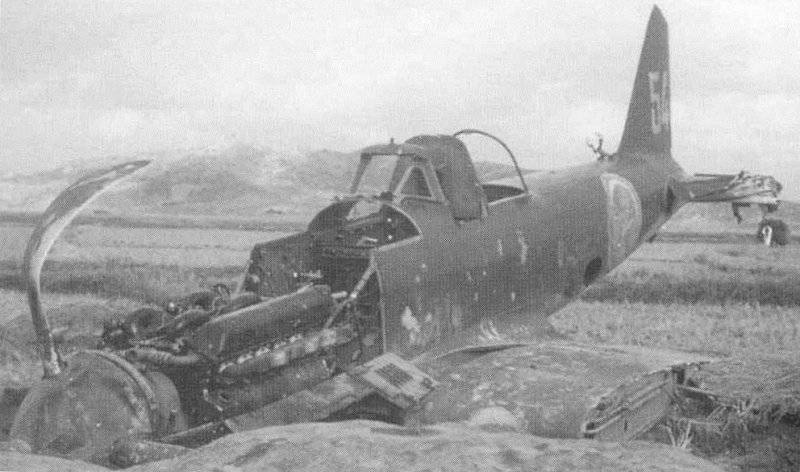

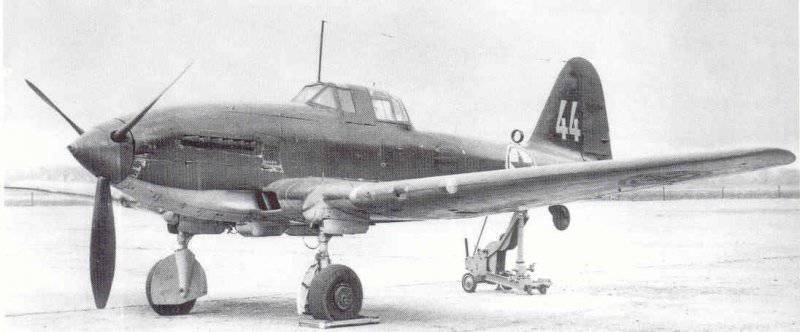
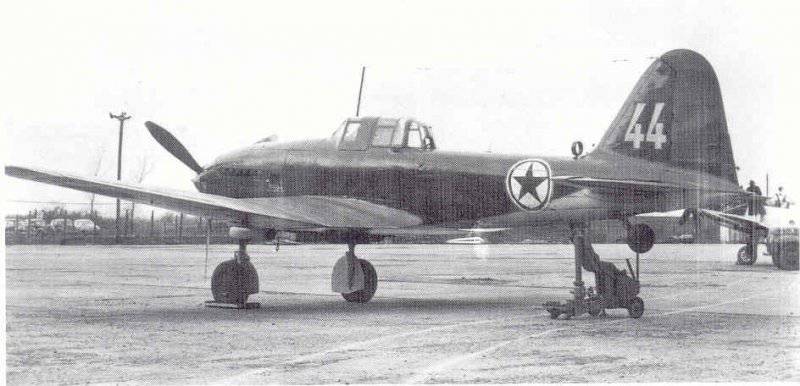
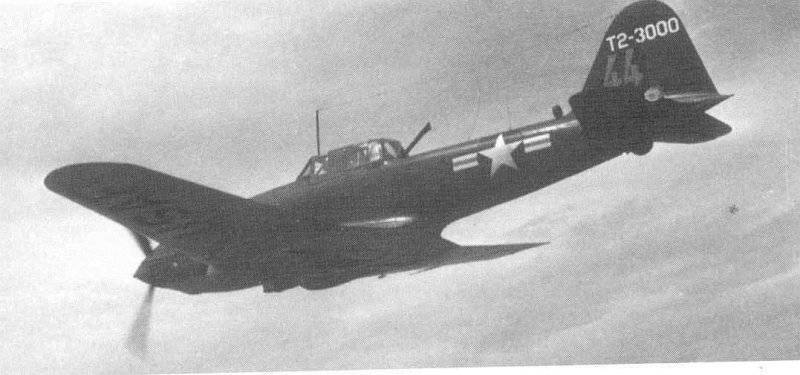
Information